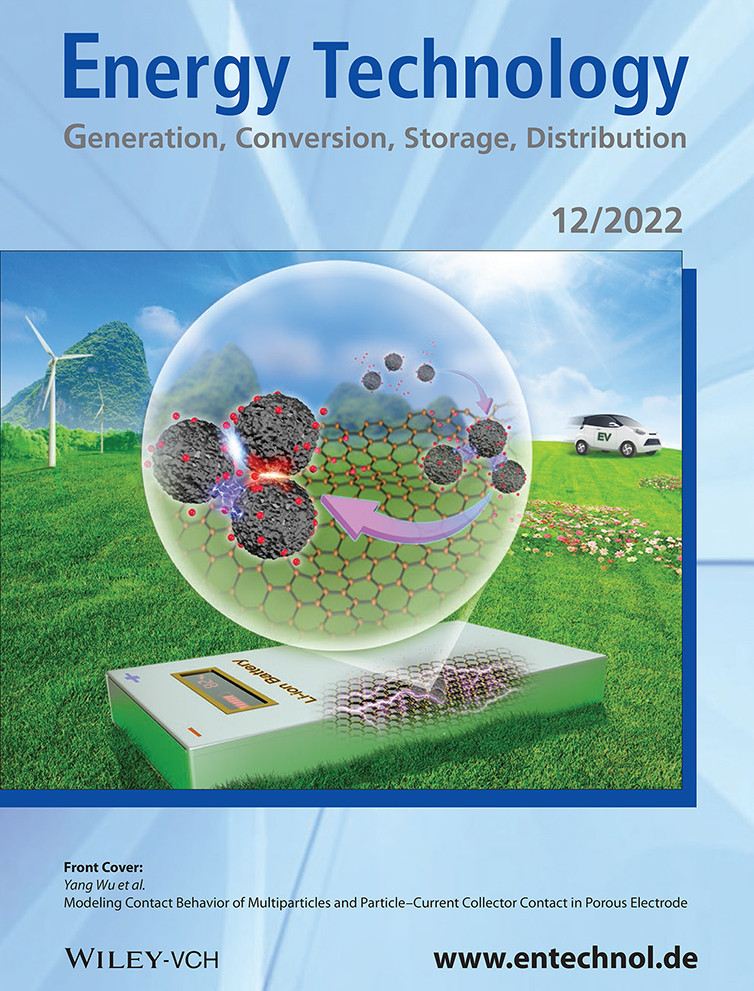Polyvinylidene Fluoride-Based Vibration Energy Harvester with Piezoelectric and Electromagnetic Effects
Abstract
Vibration energy harvesting technology aims to convert mechanical energy into electrical energy through piezoelectric effect or electromagnetic induction to supply energy for wireless sensors. Herein, based on polyvinylidene fluoride, a vibration energy harvester who couples piezoelectric effect and electromagnetic induction is proposed, and its performance of energy harvesting is studied from the aspects of multiphysical field, microscale, and energy harvesting circuit. First, a mass-spring-damper model is established from the dynamic point of view, and the equivalent circuit models of piezoelectric unit and electromagnetic unit are established from the electrical point of view. Second, the effects of the nonlinear magnetic field, temperature, and microvolume on the resonant frequency and output power density of the energy collector are analyzed by simulation. Finally, a piezoelectric electromagnetic composite energy harvesting circuit is designed and the output voltage rectifying and stabilizing with high electromechanical conversion efficiency is realized. The results show that the harvester realizes the expected functions of inputting alternating current and outputting direct current, with open circuit output voltage up to 6.55 V and output power up to 2.21 mW. This study provides a valuable reference for the research in the field of vibration energy harvesting.
Conflict of Interest
The authors declare no conflict of interest.
Open Research
Data Availability Statement
The data that support the findings of this study are available from the corresponding author upon reasonable request.




